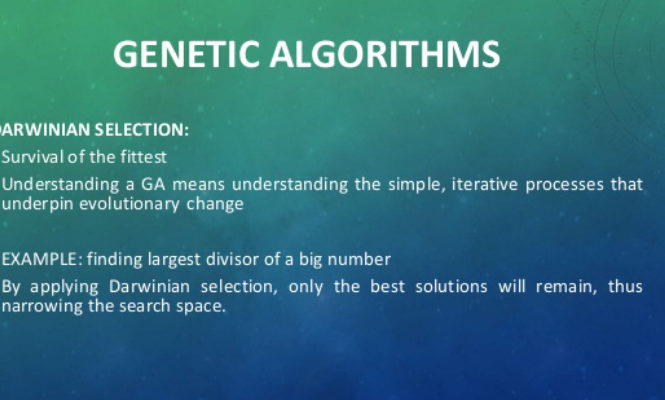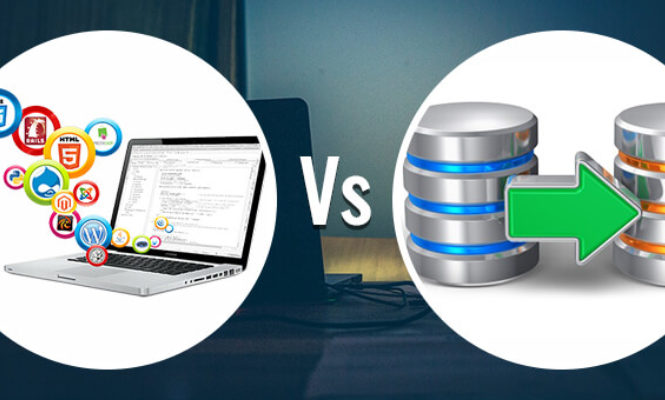Following to my earlier post titled “Data Mining Trends“, I would like to know the popularity of data mining algorithms in major search engines (Google, Yahoo & Bing). Using keyword research tool, I managed to pull out top 10 data mining algorithms in these search engines. FYI, for the search competition, I used setting such as “keyword exists anywhere” in the page document. I also add keyword “algorithm” to each of the data mining algorithm to make it specific that we try to search “data mining algorithms”, not something else. Maybe my approach is wrong, if so please correct me, OK.
By the way, have a look at the result of the top 10 data mining algorithms:
| Data Mining Algorithms | Yahoo | Bing | |
| C4.5 ALGORITHM | 18,100,000 | 1,060,000 | 562,000 |
| REGRESSION ALGORITHM | 11,900,000 | 5,810,000 | 1,260,000 |
| APRIORI ALGORITHM | 9,140,000 | 59,900 | 1,090,000 |
| NEURAL NETWORK ALGORITHM | 8,870,000 | 7,870,000 | 1,560,000 |
| K-MEANS ALGORITHM | 4,680,000 | 219,000 | 9,470,000 |
| SUPPORT VECTOR MACHINE ALGORITHM | 4,440,000 | 4,310,000 | 1,120,000 |
| ID3 ALGORITHM | 3,380,000 | 491,000 | 389,000 |
| NEAREST NEIGHBORS ALGORITHM | 2,370,000 | 763,000 | 530,000 |
| GENETIC ALGORITHM | 1,790,000 | 10,600,000 | 1,840,000 |
| RIPPER ALGORITHM | 487,000 | 1,650,000 | 350,000 |





